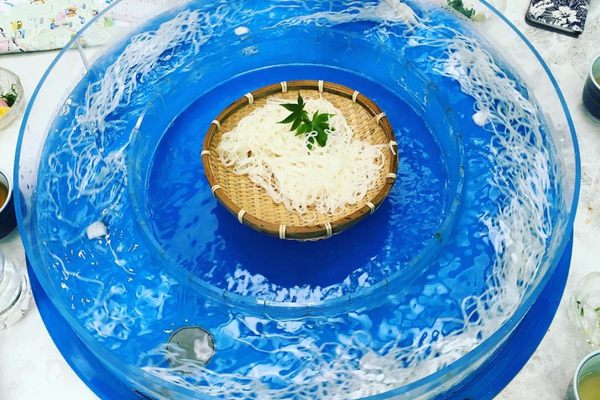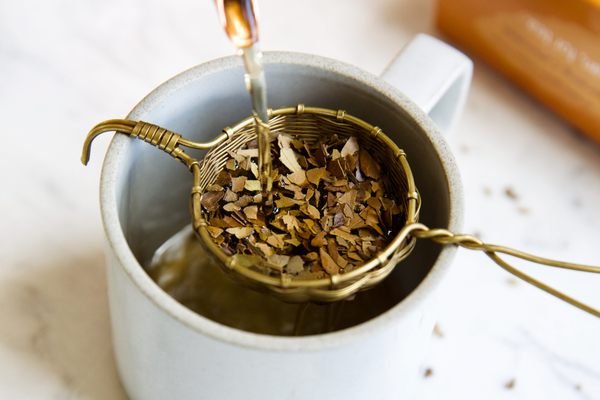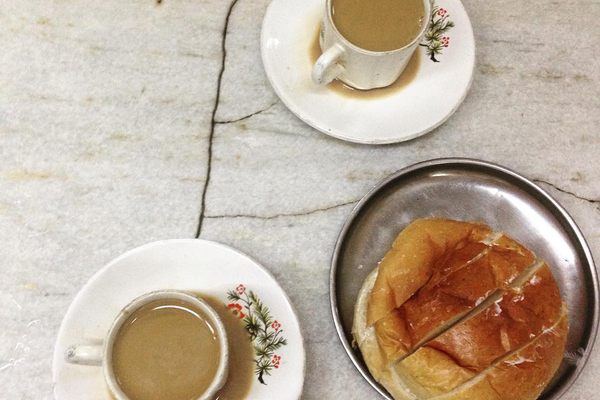You arrive at the teahouse, remove your shoes, and put on a pair of socks known as tabi. After washing your face and mouth in a stone basin, you sit on a tatami mat and wait for your host to serve food. Before accepting anything, you turn to the person beside you and say, “Osakini itadakimasu” (“Excuse me for going ahead of you”).
Once you’ve finished eating, you return to the basin and wash again. Now, you are ready for tea. You raise the bowl with your right hand and place it in the palm of your left, design facing out. You sip, wipe the rim, and pass the bowl to the next person.
This is the chaji, a type of Japanese tea ceremony. For centuries, the practice of these intricate, highly choreographed rituals—generally known as chadō or chanoyu—have promoted a deeper understanding of the beauty of routine life.
During tea gatherings, powdered green tea (matcha) is prepared in a codified procedure that varies depending on the formality of the event. The more formal chaji is a several-hour affair consisting of a full-course meal, sweets, thick tea, and thin tea. In the informal chakai ceremony, participants share thin tea, sweets, and a light meal.
Influenced by the tenets of Zen Buddhism, the rituals create a serene atmosphere in which participants appreciate living in the present moment.
Where to Try It
-
East West Chanoyu Center
5125 40th Ave NE, Seattle, Washington, 98105, United StatesThis Seattle cultural center offers classes, tea demonstrations, and lectures.
Written By
 samanthachong
samanthachong















